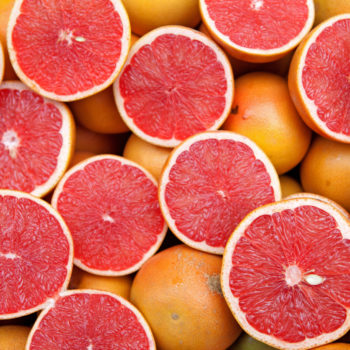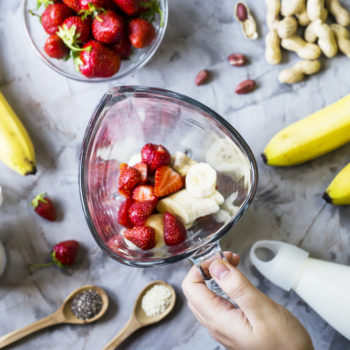Dietary fibres help to maintain health and help to prevent cardiovascular diseases and the onset of type 2 diabetes. For this reason, researchers at CREA (Cereal and Industrial Crops and Olive, Fruit and Citrus) wanted to include them in one of the most popular foods, developing the first durum wheat bread “high in fiber”, enriched with the fibers contained in citrus flour. We talked about it with Dr. Elisabetta Macorsini, biologist and nutritionist at Humanitas.
Citrus flour and traditional wholemeal, the differences
From a chemical-physical point of view, the citrus fibers, of different types and in different percentages, had no impact on the bread’s shelf life, on its volume and weight, on its internal structure and on its pH. From a sensory point of view, the bread enriched with red orange and lemon fibers has a slight citrus flavor, but is qualitatively similar to the one without it. Furthermore, the addition of red orange and lemon fibers to durum wheat flour makes it possible to produce bread with a high fibre content, as it has values higher than 6 g per 100 g of product. Traditional whole wheat bread, on the other hand, also consists of the outermost layer of the seed (the so-called broad-leaf bran), the part that contains 100% insoluble fibre, which is not digestible and can have a negative effect on the physical and sensory characteristics of baked goods (volume, height, internal cavity, external appearance, roughness of the crust, smell, color and flavor). Unlike bread made from 100% wholemeal wheat flour, bread enriched with citrus flour preserves the physical and sensory characteristics of traditional bread, but with greater nutritional value.
Citrus flour, an ecological solution?
Citrus flour, made up of more than 70% fibre, of which 60% insoluble fibre and 40% soluble fibre, is obtained after numerous washes and dries from the pulp (skin, pulp and seeds), a by-product of citrus processing that still today represents a particularly costly waste, with high disposal costs and environmental problems, given the production of about 500,000 tonnes per year. The study, carried out together with the Department of Agriculture, Food and Environment of the University of Catania, was recently published in the magazine Frontiers in Nutrition. The use of citrus fibers in bakeries, therefore, can also be considered an ecological alternative for the reuse and enhancement of waste and by-products of citrus processing.








